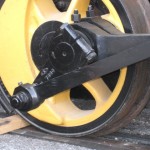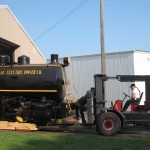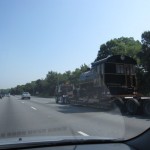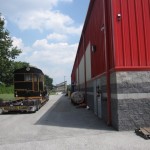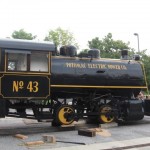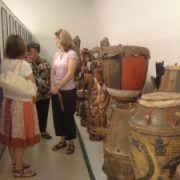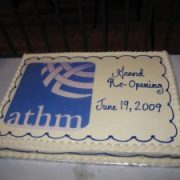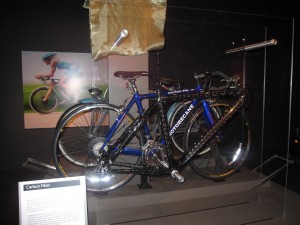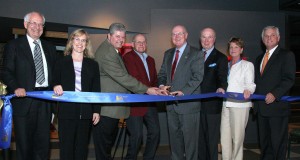A night of music with Rahim AlHaj

Oud virtuoso Rahim AlHaj performs at the Arab American National Museum
The Arab American National Museum (AANM), our Smithsonian Affiliate in Dearborn, Michigan, is the first museum in the world devoted to Arab American history and culture. Through its programs and exhibits the museum, situated in the midst of the largest Arab American community in the U.S., demonstrates how “Arab Americans have enriched the economic, political and cultural landscape of American life.” One powerful example of this mission came to life October 1, when museum-goers had the opportunity to hear one of the world’s master oud players, Smithsonian Folkways Grammy-nominated recording artist, Rahim AlHaj accompanied by percussionist, Issa Malluf.
AlHaj, a native of Iraq, and a student of the famed Munir Bashir, graduated from the Baghdad Conservatory of Music in 1990. A political exile shortly afterwards, AlHaj lived in Jordan and Syrian until granted refugee status and resettled in Albuquerque, New Mexico in 2000. His virtuosity and bubbling personality have helped relaunch an impressive performing and recording career, bringing the sound of the oud and its 5000-year old history to audiences all over the United States, and increasingly around the world.
AlHaj and the Smithsonian came together under the guiding hand of the Smithsonian Folkways Deputy Director and Middle Eastern music scholar, D. A. Sonneborn. The resulting album, When the Soul is Settled: Music of Iraq, earned a Grammy nomination in 2008 and, in the words of one critic, “was like God breathing life into clay.” This may well describe how many in the audience felt on October 1.
Through the auspices of the Arab American National Museum, AlHaj and percussionist Malluf, had the opportunity to demonstrate their art to students at the O.W. Holmes Elementary and Middle School in Dearborn. All seemed intrigued, delighted, and by the end of the session, a little more informed about the great traditions of Middle Eastern music, lovingly performed by these dedicated artists.
Our thanks to Anan Ameri, Devon Akmon, Aaron Barndollar and their wonderful colleagues at the Arab American National Museum, and to D.A. Sonneborn, Dan Sheehy, Richard Burgess, Pete Reiniger and their colleagues at Smithsonian Folkways Recordings, for applying their energies and resources toward keeping this music alive and accessible, and for bringing this awesome Affiliate moment together on a night in Michigan, that few will forget.
See the photo album from the concert on the Smithsonian In Your Neighborhood Facebook page.


